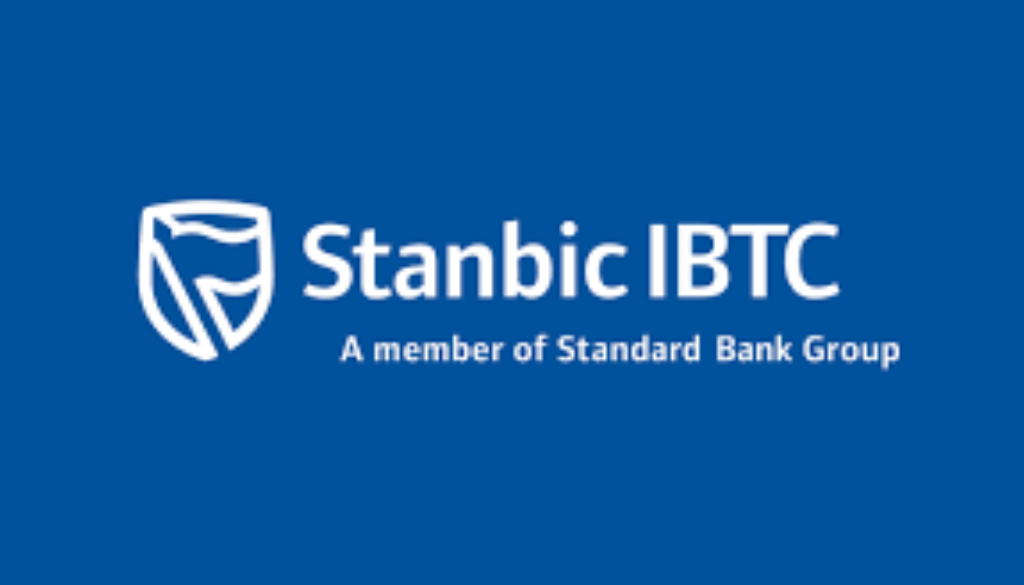Stanbic IBTC dethrones GTBank as investors’ darling in banking industry
2018 was a year full of uncertainty but also full of surprises as Stanbic managed to dethrone GTBank as the most efficient bank in Nigeria based on return on equity. Little wonder why Stanbic presently surpasses GTBank and Zenith on a valuation standpoint as investors are willing to pay more for every stock in Stanbic than its peers, evidenced in its superior price to earnings ratio and price to book ratio which stood at 6.86 and 2.2 respectively versus GTBank (PE: 5.55, P/B 2.1) and Zenith (PE:4.26, P/B: 0.96) as at market close on Friday.
The return on average equity of Stanbic IBTC outperformed its peers as the stellar growth in net income outpaced both GTBank and Zenith Bank. Stanbic grew its post-tax income by 53.9 percent from N48.4 billion in 2017 to N74.4 billion at the end of 2018 while Zenith grew by 11.3 percent from N173.8 billion to N193.4 billion and GTBank by 10 percent.
This led to new rankings in terms return of average equity as Stanbic now topped the leaderboard with an RoAE of 35 percent and GTBank fell to second position with 30.9 percent while zenith was at 23.7 percent based on reported 2018 financial statements by publicly listed banks.
The net profit margin of GTBank remains the highest in the industry as it grew from 40.1 percent in 2017 to 42.5 percent in 2018 but Stanbic went from third to second best in terms of net margin. Stanbic’s net profitability improved from 22.8 percent to 33.5 percent and Zenith Bank ipso facto lost its position as its net profit margin grew at a slower pace from 23.3 percent to 30.7 percent.
The three banks with combined assets of N10.9 trillion improved profitability, weathering the storm of lower interest income across board. A reduction in writebacks had a major impact on the bottom line of the banks as the impairment charges declined by an average of 84 percent. Total gross earnings of the three banks reduced from N1.37 trillion to N1.28 trillion but the bottom line soared as combined post tax profits grew by 15.97 percent from N390.1 billion to N452.4 billion.
“This shows the resilience of these banks as they continue to thrive regardless of varying economic conditions. In 2017, we saw the banks take advantage of higher yields and made more trading gains even though they saw impairment charges rise as a large percentage of loans to energy and the telecoms sector were non-performing,” an equity analyst at EUA Intelligence explained.
Although the combined deposits from customers in the three banks grew by 9.6 percent from N6.40 trillion in 2017 to N7.02 trillion in 2018, a slowdown in loan creation caused the loans to customers as a percentage of total deposits to decline in the banks. The combined loan to deposit ratio reduced from 69.17 percent in 2017 to 49.49 percent at the end of 2018 calendar. GTBank posted a cost to income ratio (CIR) of 36.3 percent which was 2.42 percentage point less than 37.2 percent CIR achieved in 2017. Zenith followed with 46.4 percent, a 9-percentage point increase in from the 42.3 percent in 2017 and Stanbic lagged behind with a 52.9 percent CIR as against 49.8 percent efficiency ratio posted in 2017.
Based on our analysis, Stanbic IBTC appeared to be the most diversified company has nine direct subsidiaries, namely, Stanbic IBTC Bank plc, Stanbic IBTC Pension Managers Limited, Stanbic IBTC Asset Management Limited, Stanbic IBTC Capital Limited, Stanbic IBTC Investments Limited, Stanbic IBTC Stockbrokers Limited, Stanbic IBTC Ventures Limited, Stanbic IBTC




